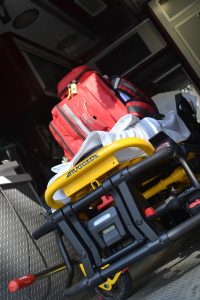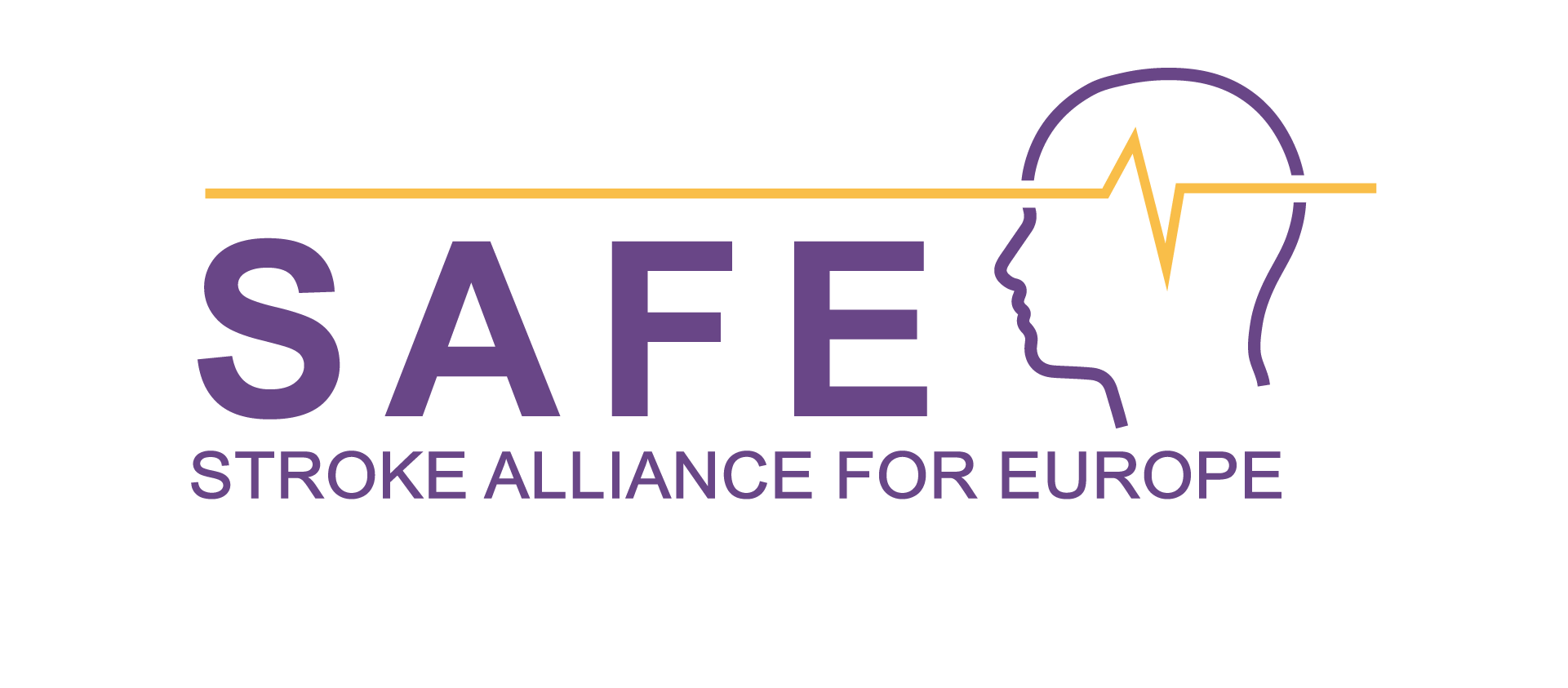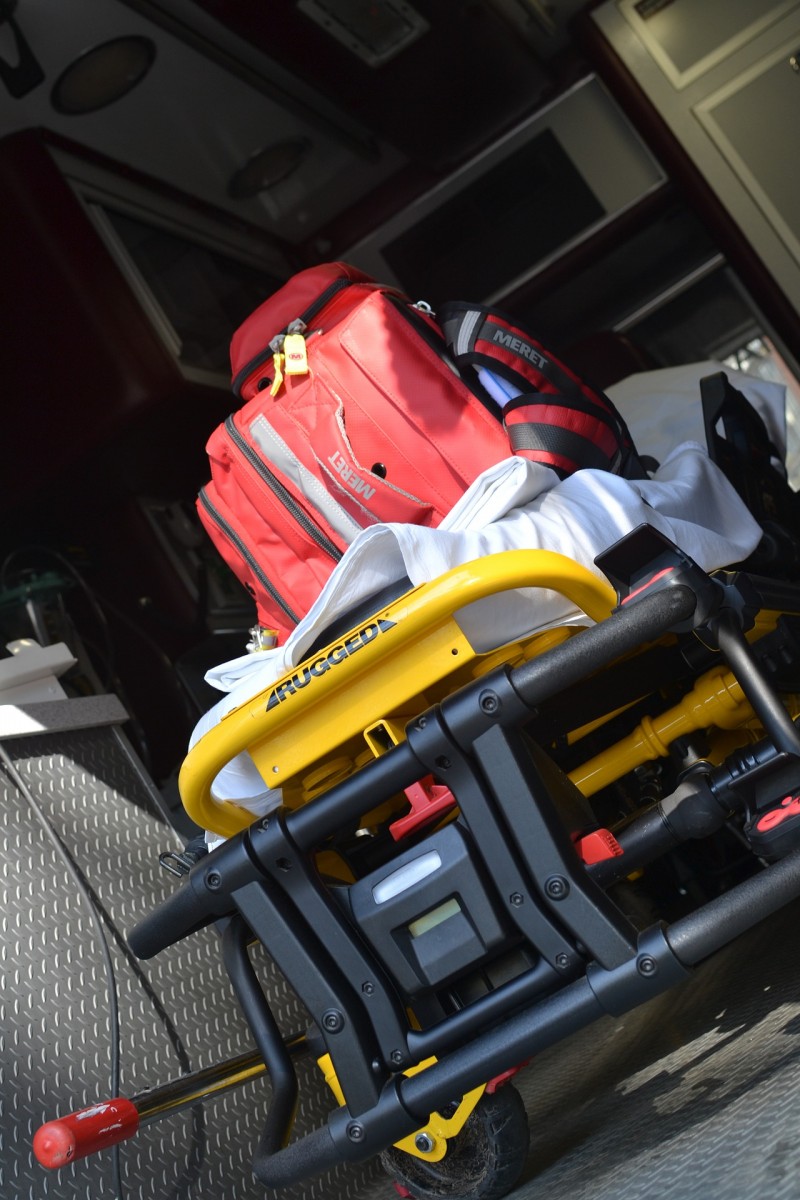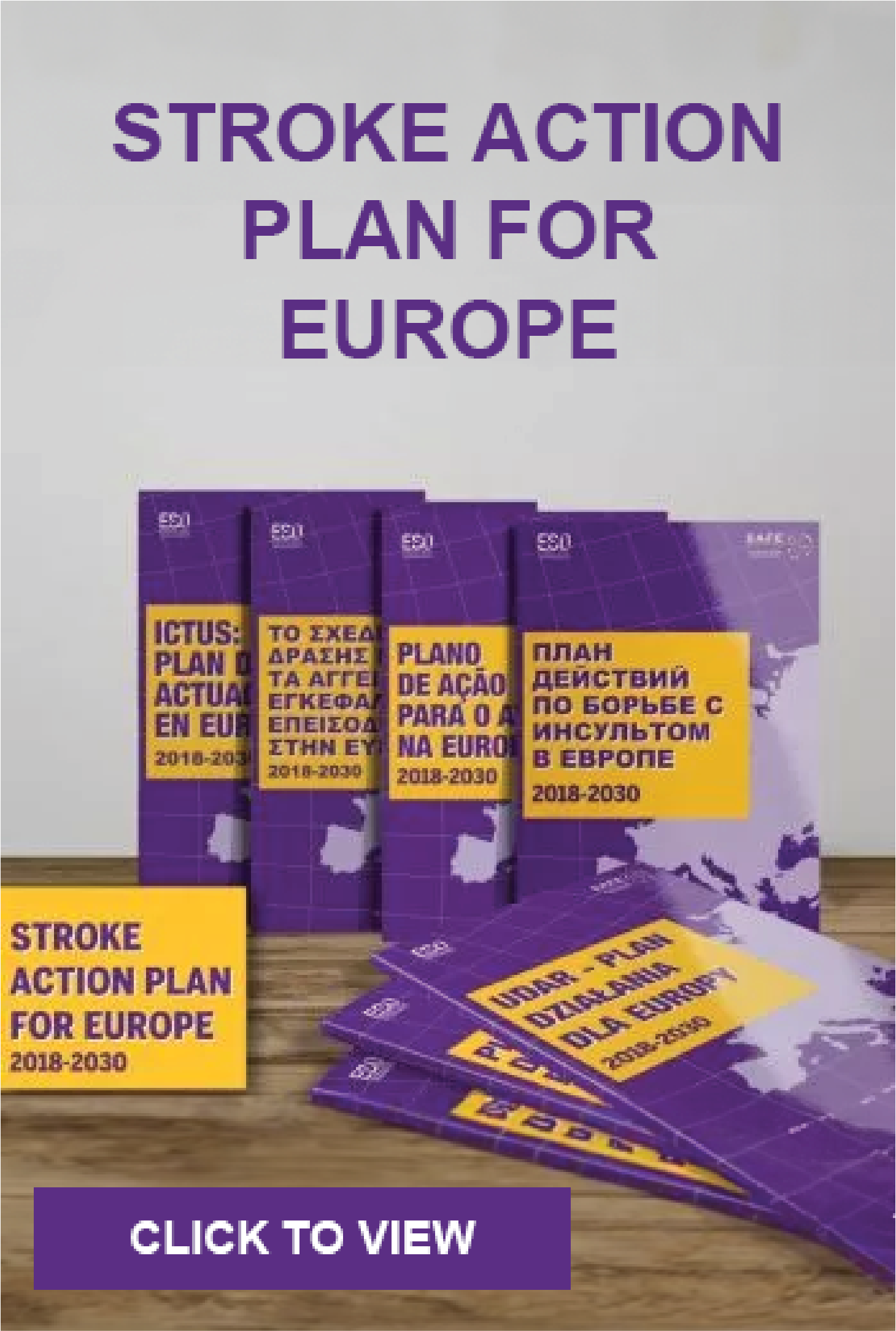The medical treatment a stroke patient receives in the first 3 to 6 hours means the difference between life or death, or recovery and lifelong disability.
Rena from Israel, aged 81 was widowed recently and lives a semi active life as she suffers from borderline heart and kidney failure. Early one morning, she telephoned a neighbor, requesting she come over immediately. Within five minutes the neighbor, an active volunteer in the national stroke NGO, heard how Rena was suddenly unable to hold her coffee cup. A quick examination of seeing one hand drop when asked to lift both and the drooping of one side of her mouth were sufficient to immediately call an ambulance. The paramedic repeated the examination, after which he called the “trauma room”, which is equipped to diagnose all emergency patients received at the largest hospital in the city. Within three and a half hours of her original call, she was receiving the tPA treatment. Two days later she was discharged and has not suffered any after effects. When asked how come she knew to react immediately to the weakness in her arm, she said she always remembers the signs of a stroke from the FAST magnet on her refrigerator, a gift from her neighbor.
 A fast response to stroke reduces the risk of mortality and disability. The medical treatment a stroke patient receives in the first 3 to 6 hours means the difference between life or death, or recovery and lifelong disability. The identification of potential stroke and TIA patients and their timely assessment at an appropriate stroke center is a critical stage of the care pathway. But the link between the stroke patient and the hospital is one of the most important parts in the survival and recovery process. How fast, and how well the ambulance responds and treats a patient, is of the upmost importance to the survival and recovery rate when it comes to stroke.
A fast response to stroke reduces the risk of mortality and disability. The medical treatment a stroke patient receives in the first 3 to 6 hours means the difference between life or death, or recovery and lifelong disability. The identification of potential stroke and TIA patients and their timely assessment at an appropriate stroke center is a critical stage of the care pathway. But the link between the stroke patient and the hospital is one of the most important parts in the survival and recovery process. How fast, and how well the ambulance responds and treats a patient, is of the upmost importance to the survival and recovery rate when it comes to stroke.
After a stroke occurs, the ambulance staff are responsible for how quickly the stroke is treated. Since all patients with suspected acute stroke should be screened using a validated tool to diagnose stroke or assess TIA risk if symptoms have resolved, they need to be immediately transferred to a hospital with facilities to manage hyper acute stroke. Higher risk TIA should be treated as an emergency. Since the patient is at greater and imminent risk of stroke he/she must undergo a specialist assessment within 24 hours of presentation to healthcare professional.
A stroke patient should be transferred to the nearest stroke center within 30 to 60 minutes from the time stroke has occurred, since every minute 1.9 million neurons are forever lost. So, apart from recognizing stroke, the ambulance team should also know what to do in case of a stroke patient, and where to go.
In addition to the experienced and knowledgeable ambulance service, team work is the keyword in dealing with stroke. The emergency service doctors are those responsible to alerting the hospital team to an incoming stroke patient, so that they too can be prepared to administer help to the patient.





